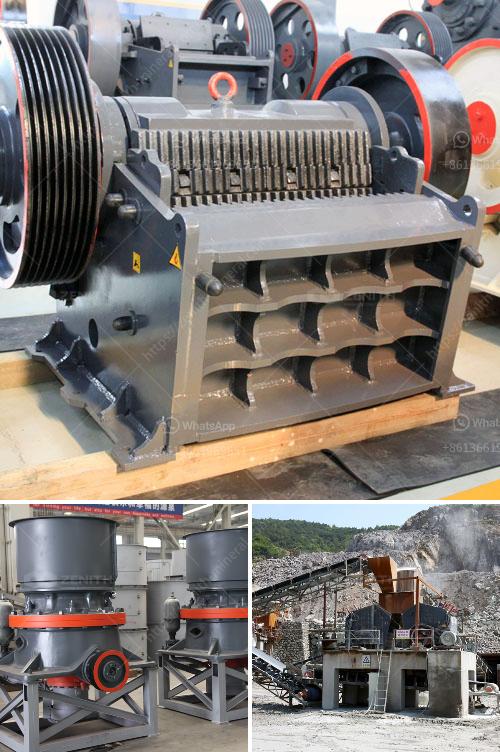Setting up a mine crushing station in the Philippines involves several crucial steps, from planning and legal compliance to construction and operation. Here’s a streamlined guide to assist you through the process:
1. Feasibility Study
- Location Assessment: Identify a suitable location for the crushing station. Consider factors such as proximity to the mining site, transportation, and environmental impact.
- Resource Evaluation: Ensure the mineral reserves justify the investment.
- Financial Analysis: Evaluate the cost, potential revenues, and return on investment.
2. Legal and Environmental Compliance
- Permits and Licenses: Obtain the necessary permits from local and national authorities. This may include environmental compliance certificates, mining permits, and business registrations.
- Check with the Mines and Geosciences Bureau (MGB) for specific requirements.
- Environmental Impact Assessment (EIA): Conduct and submit an EIA to ensure that the project complies with environmental regulations.
3. Design and Planning
- Crushing Plant Layout: Design a layout that optimizes the flow and efficiency of materials.
- Equipment Selection: Choose appropriate crushers, conveyors, screens, and other necessary equipment. Consider the type of ore, required product size, and production capacity.
- Infrastructure Needs: Plan for ancillary facilities such as power supply, water supply, and waste management systems.
4. Procurement
- Equipment Suppliers: Source reliable suppliers for crushers, screens, conveyors, and other equipment. Consider both local and international vendors for competitive pricing and quality.
- Construction Materials: Procure materials needed for the construction of buildings and infrastructure.
5. Construction
- Site Preparation: Clear and prepare the site, including earthmoving and grading.
- Building Construction: Construct the plant buildings and supporting infrastructure.
- Equipment Installation: Assemble and install crushing equipment according to the manufacturer’s instructions. Ensure proper alignment and secure installation to avoid operational issues.
6. Staffing and Training
- Hire Skilled Staff: Recruit skilled labor for operating and maintaining the crushing station.
- Training Programs: Implement training programs to ensure employees are proficient with operating procedures and safety protocols.
7. Operations and Maintenance
- Start-up and Testing: Conduct start-up tests to ensure all equipment works correctly and safely.
- Routine Maintenance: Establish a maintenance schedule to mitigate downtime and prolong the life of the equipment.
- Continuous Improvement: Regularly review operational efficiency and implement improvements as necessary.
8. Monitoring and Compliance
- Ongoing Monitoring: Continuously monitor the environmental impact, safety measures, and overall performance of the crushing station.
- Reporting: Maintain records and report to regulatory authorities to ensure continued compliance with all legal requirements.
Tips for Success
- Local Partnerships: Collaborate with local communities and stakeholders to build positive relationships and gain local support.
- Sustainability Practices: Implement eco-friendly practices to reduce the environmental footprint of your operation.
- Risk Management: Develop contingency plans to address potential risks such as equipment failure, natural disasters, or regulatory changes.
By following these steps, you can establish a well-functioning mine crushing station in the Philippines that is efficient, compliant, and economically viable.

